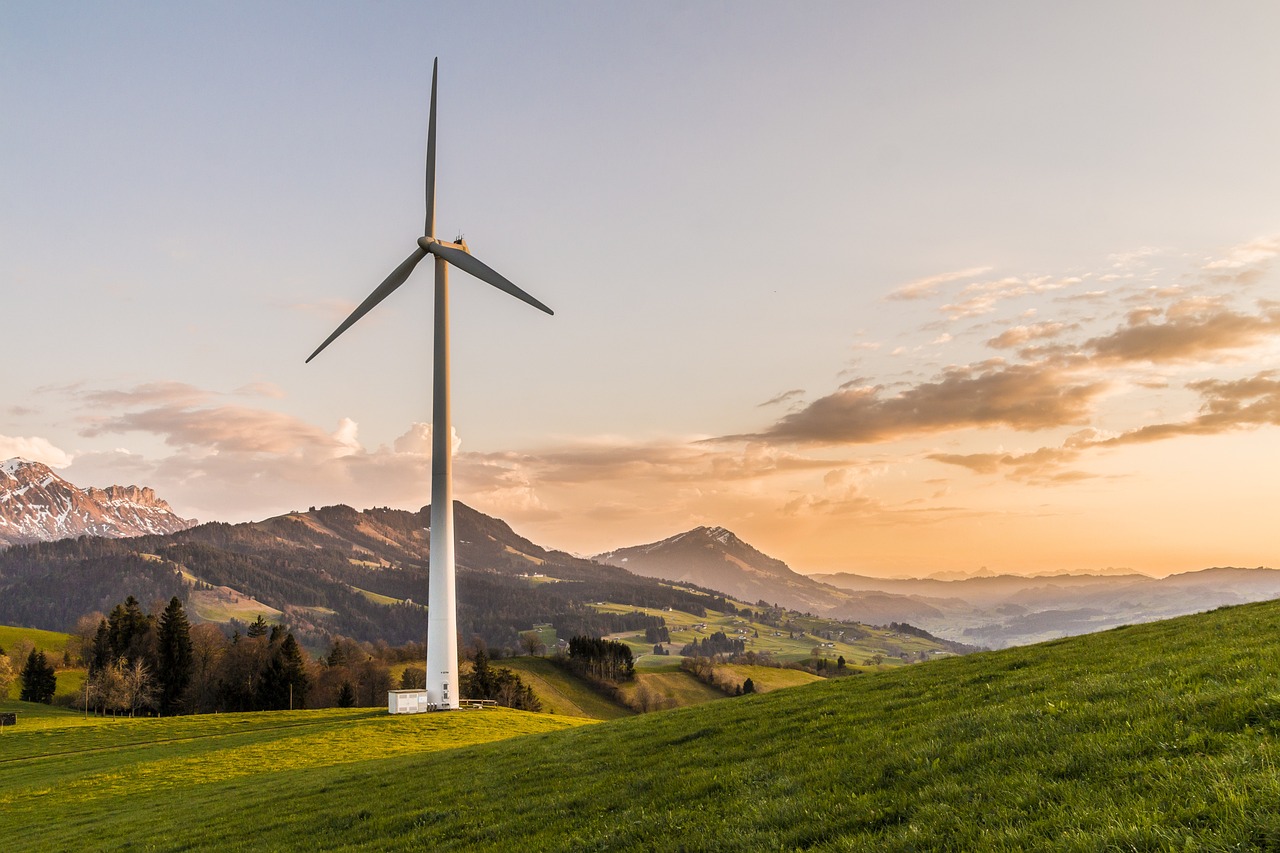Germany behind schedule on wind energy rollout: study

Germany's onshore wind power sector has made significant progress this year, but there is still work to be done if the country wants to meet its targets for the next decade, according to a sector study released on Tuesday. The German Wind Energy Association reported that since January, a total of 331 wind power stations with a capacity of 1.57 gigawatts (GW) have been built in Europe's largest economy. This marks an acceleration compared to the previous year, and the study predicts that by the end of December, the capacity could reach up to 3.2 GW. However, despite this growth, Germany is still far from reaching its goal of installing 115 GW by 2030, as the current total stands at just under 60 GW.
To meet these targets, an annual expansion of 10 GW would be required from 2025 onwards, which is currently not being achieved. "The targets will be missed," warned Dennis Rendschmidt, the managing director of the VDMA association representing the power and heat generation sector. The study attributes the slow progress to lengthy planning and approval procedures for wind power plants, which can take an average of 24.5 months. Additionally, logistical challenges also hinder the development of wind energy projects.
The sector associations expressed hope that recent regulatory measures aimed at reducing bureaucracy would soon have a positive impact on the speed of project implementation. However, another obstacle to the expansion of wind power in Germany is political resistance from local communities, particularly in the southern regions of the country. This has resulted in more permits being issued in the north compared to the south.
In an effort to promote renewable energy, Chancellor Olaf Scholz's coalition government has set ambitious targets, aiming to allocate at least 1.4 percent of the country's surface area to the installation of wind power stations by 2027, and at least two percent by 2032. Currently, only 0.7 percent of the country's surface area is dedicated to wind energy generation. The government has also pledged to generate 80 percent of electricity from renewable sources by 2030.
In a recent development, Germany held its first auction for offshore wind power plant rights, which raised a substantial 12.6 billion euros ($14 billion) from winning bids by energy giants BP and TotalEnergies. This highlights the country's commitment to expanding its renewable energy portfolio beyond onshore wind power.
While Germany has made commendable progress in onshore wind power, there is still work to be done to meet the ambitious targets set for the next decade. The challenges of lengthy approval processes, logistical hurdles, and local resistance need to be addressed in order to accelerate the expansion of wind power capacity. However, the recent auction for offshore wind power plants demonstrates the government's determination to diversify its renewable energy sources. With continued efforts and efficient reforms, Germany has the potential to become a leader in both wind and solar power generation.
News
- 2023-07-20 Germany behind schedule on wind energy rollout: study
- 2023-07-20 Researchers propose a circular economy for rare-earth elements
- 2023-07-20 Researchers propose a circular economy for rare-earth elements
- 2023-07-20 Charging cars at home at night is not the way to go, study finds
- 2023-07-20 Charging cars at home at night is not the way to go, study finds